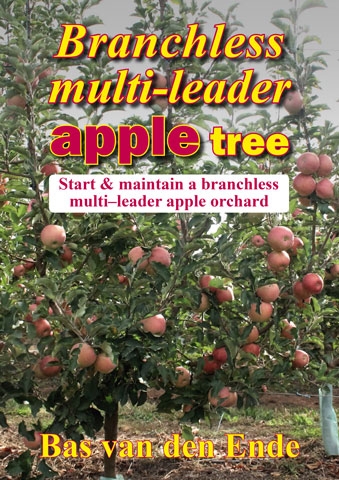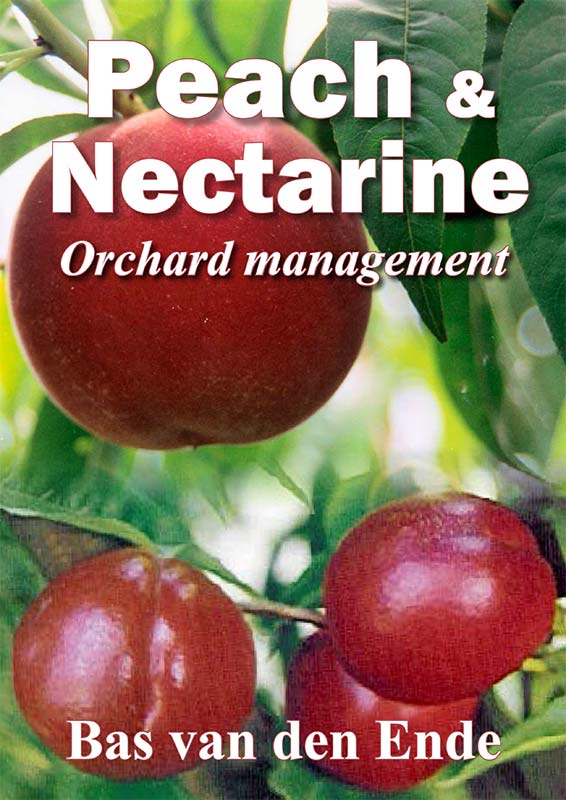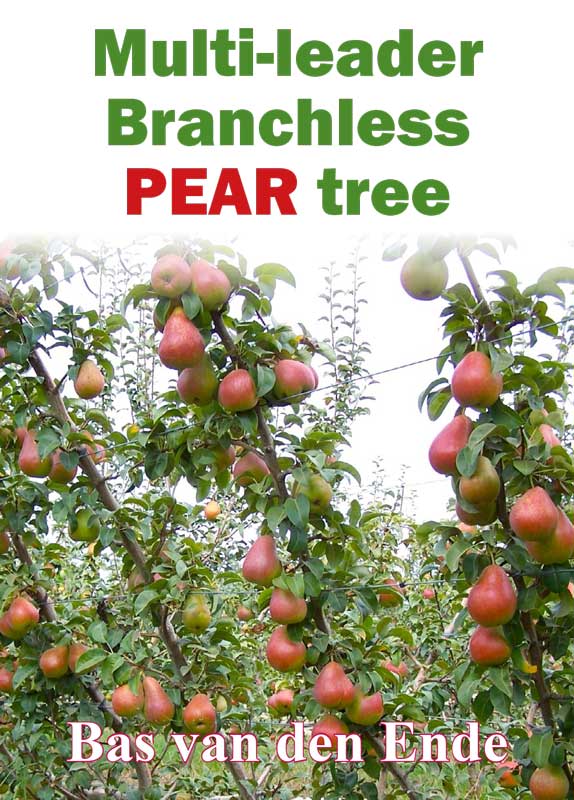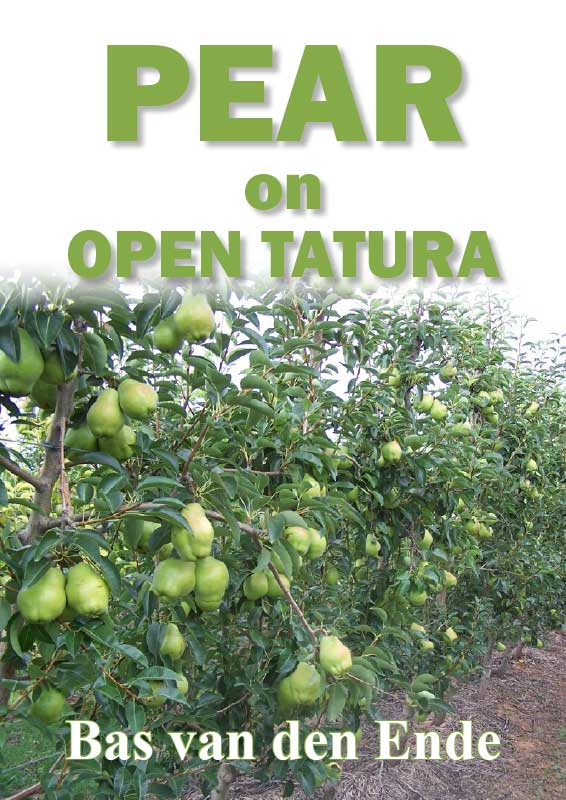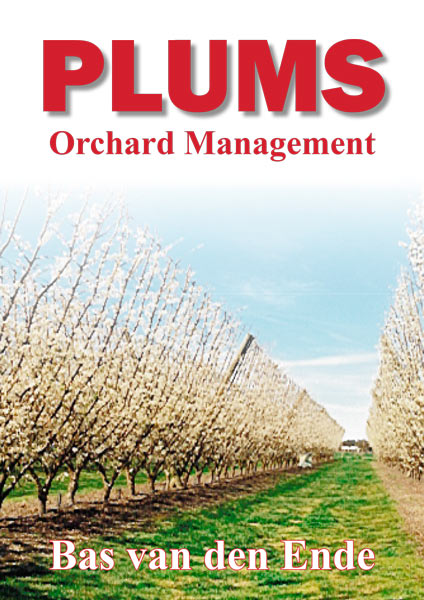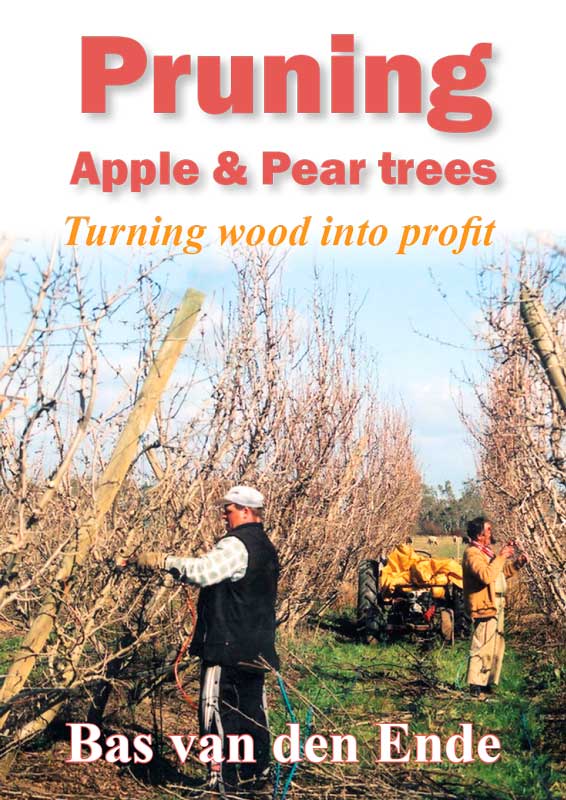Powdery mildew is one of the most common diseases of apples.
It can severely affect tree growth, particularly in young trees. It has been reported in pears and quince, however, this damage is rarely seen.
Disease identification
Leaves and shoots are most susceptible to powdery mildew in the first few days after opening.
The first indication of powdery mildew is pale patches on the upper leaf surface. As the disease advances, the patches become a powdery white and will cover both sides of the leaf.
Leaves infected with mildew will have crinkled and cupped edges, giving them a narrow appearance.
Damage
Infected leaves can often fall during summer, reducing photosynthetic rate.
Powdery mildew can severely affect tree growth, particularly on young trees. Infected floral buds might abort or produce small and stunted fruit, resulting in reduced yield and pack out.
Infections during flowering and early fruit development can damage the skin of apples, resulting in a russet that renders the fruit unmarketable.
Monitoring
Powdery mildew outbreaks are most likely to occur in spring and early summer, and if new growth occurs in autumn.
Relatively humid, mild conditions (10–25C) without rain favour this disease, although it can withstand hot, dry conditions and produce spores when favourable conditions occur.
Spores are then spread by wind but are killed in high temperatures.
Monitoring for powdery mildew should occur during winter and throughout the growing season to assist with decisions for control measures.
Growers can choose designated monitoring trees and assess 10 extension shoots on these trees. Inspect the top five unfolded leaves per shoot for the signs of powdery mildew, recording any incidences.
Frequent monitoring of these shoots will increase the opportunity to intervene at the correct time, as powdery mildew can develop rapidly.
Management
Cultural and physical
Powdery mildew can be controlled by removing infected buds as this reduces the source of spores for infecting new leaves and buds.
Winter pruning is a good time to remove infected shoot tips. Look for the white stems of infected one-year-old shoots and cut them back to uninfected wood. Removing infected prunings from the orchard will help reduce the potential for the disease to spread.
Pruning to open the canopy can also help reduce infection as it encourages airflow through the canopy. Modifying the environment around the trees can also reduce the incidence of powdery mildew.
Windbreaks, netting and tree planting should be managed to optimise airflow, particularly in regions where mildew is a problem.
Biological: No biological control is currently vailable for powdery mildew in apples.
Chemical: There are a number of chemical options available to control powdery mildew.
Download the Orchard plant protection guide
See this article in Tree Fruit Sept 2023

